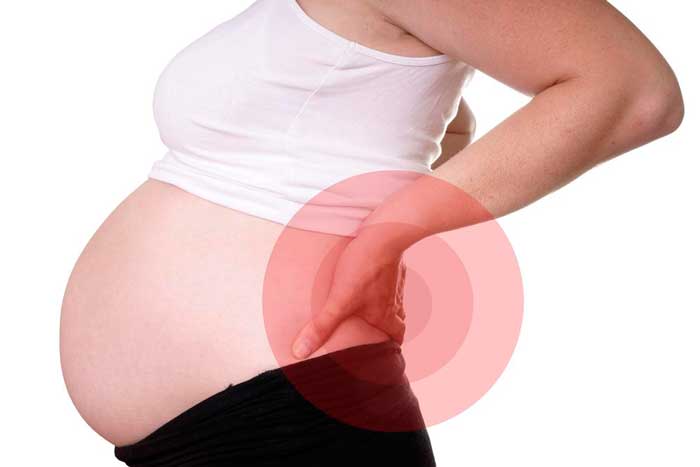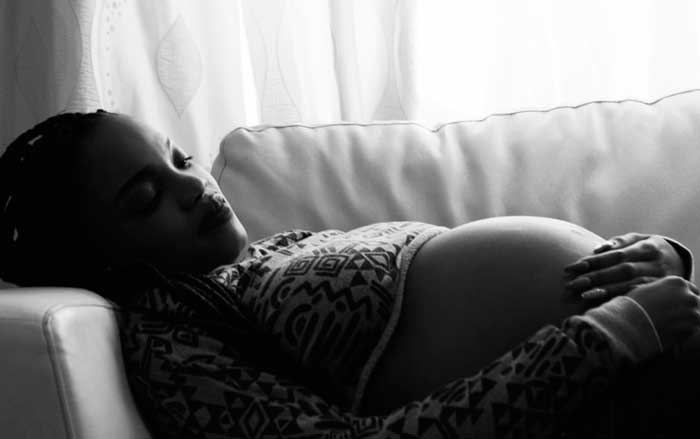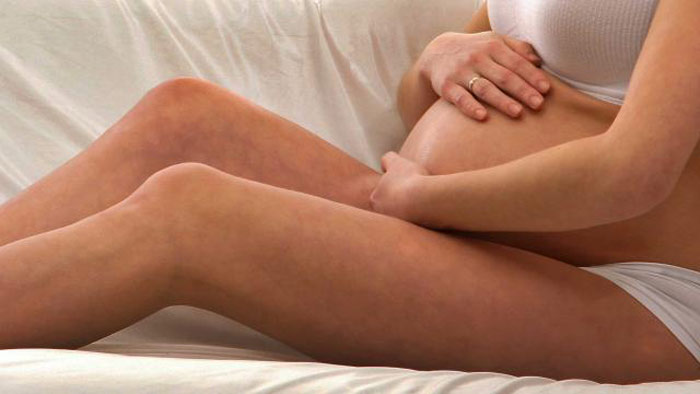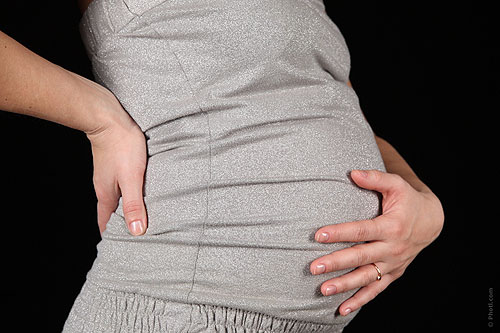Lower Backache during & After Pregnancy: Treatment Tips
During pregnancy, the woman’s body is completely reconstructed in order to bear and give birth to a child. The hormonal background changes, and the growing uterus displaces internal organs. The bone system is also tuned for the forthcoming birth: the ligaments are softened, the pelvic bones get expanded. This affects the condition of the lower spine and back muscles. That is why many young mothers experience discomfort, even lower backache. Exercise and careful attitude to yourself will help recover faster. However, it should be remembered that some conditions require treatment.
The reasons why the back hurts
The reasons for which a woman feels pain in her lower back after giving birth are plentiful. Most of them are associated with the physiological restructuring of the body during pregnancy and preparing for childbirth. The way of life before and after delivery also matters. It happens quite often that backache is pathological in nature.
Physiological causes
Under the action of the progesterone hormone, the ligaments and cartilaginous tissues soften so that the bones can freely expand, and the fetus can safely pass through the birth canals without encountering obstacles. Sometimes this leads to the fact that the vertebrae “sag” during pregnancy, pinching the nerve endings. The reverse process of restoring the bone positioning and regenerating the cartilaginous tissue is quite long and causes discomfort; some women even experience painful sensations.
In addition, there are other reasons why the lower back hurts:
Normally, a woman gains 10-13 kilograms during pregnancy. This is a big increase in weight for the period of 9 months. The muscles of the back and abdomen are stretched, and the spine experiences additional stress. After birth, the muscles are gradually restored, the spinal column returns to its former position, and the discomfort disappears.
The future mother’s posture is changing. The woman supports her back, leaning back and up, which leads to overstrain of the back muscles, increasing the load on the lumbar spine and provoking pain in this area.
In the process of delivery, the ratio of pelvic bones undergoes significant changes in order to facilitate the passage of the child through the birth canal. So, the bones expand, the hip joints stretch, and the coccyx moves backwards. They do not take the former position immediately. The process of recovery is often accompanied by pain.
After delivery, the distribution of the load on the spine changes again, and it happens abruptly. To get used to the previous position, the muscles of the back and the spinal column have to strain, which causes backache.
Constipation, which is a frequent companion of the women who have recently given birth, causes back pain. When the bowel movements are normalized, the discomfort disappears.
1-2 months after delivery, the body of the woman is restored, the joints return to their original place, the muscles and ligaments return to normal, and the pain is gradually relieved. In this period, it is important to monitor your posture and not to strain your back. As soon as there is discomfort in the lumbar area, which threatens to develop into pain, it is better to abandon everything and rest a little.
Pathological causes
When there is pain in the back, you should not expect it to pass by itself. It is better to immediately visit a doctor, who will determine the true cause of its origin. After birth, the lower back often aches because of some disease:
- injuries and traumas of the spine, received before pregnancy and absent for a long time, often worsen after the birth of the child;
- exacerbation of scoliosis or osteochondrosis, which was caused by the process of childbirth;
- intervertebral hernia and inflammation in the lumbar spine;
- displacement of vertebrae during labor, pinching of nerve endings, squeezing of vessels;
- the introduction of epidural anesthesia;
- diseases of other organs: the intestine or the urogenital system, when pain is felt in the back;
- exacerbated kidney disease.
The pain in the lower back often becomes a consequence of the psycho-somatic problems that occur after childbirth. The general condition of women, including the appearance of pain in the lower back, is affected by the postpartum depression. In this case, you need to contact a psychologist.
How to prevent back pain
Preventive measures begin during pregnancy. At this time it is necessary to perform exercises aimed at strengthening the muscles of the back. You should avoid the appearance of extra pounds and, if necessary, follow a special diet. In the third trimester, you cannot overload the body because it is preparing for childbirth at this time, and the risk of vertebral “sagging” and pinching of nerve endings is great.
Following the birth of a baby, observance of simple rules will help avoid complications:
When lifting weights, do not bend. It is necessary to take objects in the sitting position. In this case, the load will be distributed correctly, and not only on the back.
Taking care of a child, you need to provide maximum comfort to your back. A crib, a bath and a changing table should be adjusted to your growth for you not to bend.
It is desirable to sleep on a hard bed during the first 1-2 months after delivery. It is great if doing so becomes your habit because a hard bed is the best option for the health of the back.
It should be remembered that excess weight is an additional burden for the spine. Any properly selected diet will help to lose the extra pounds gained during pregnancy.
During the first months after birth, many mothers have to carry the baby for a long time. It is better to use a sling. It will not only facilitate the process, but will also provide a good support for the muscles of the back.
When feeding the baby (it does not matter whether it is breast-feeding or bottle-feeding), you should choose a comfortable position so that the back does not experience additional load and does not get tired. To do this, you will need a soft chair and a roller to be placed under the lower back. Many women notice that breast-feeding while lying does not cause any discomfort.
Walking in the fresh air will be useful for the mother and the baby. Movement tones muscles and promotes their prompt restoration. For this purpose running is not required at all. A quiet walk with a baby stroller in the park or square will not only help relieve tension, but will also improve the mood.
If the back hurts, you need to revise your daily routine and habits. Mothers often carry their baby on the stomach. This habit has formed during pregnancy and seems comfortable. In fact, it’s a bad one. The lumbar spine strongly bends forward, the muscles of the back, which were strained during pregnancy, experience additional stress, overstrain, and the woman experiences backache. This situation leads to curvatures of the spine, displacement of the vertebrae, pinching of the nerve endings, and the appearance of intervertebral hernias.
What should you do when there is pain
It should be remembered that pills and ointments bring only a temporary effect, relieving pain, but not eliminating its cause. This means that the pain will return every time the effect of the drug ends. In addition, drugs cannot be used if a woman is breastfeeding after giving birth.
If the cause of backache is not associated with a disease, it is necessary to pay attention to the soonest recovery of the musculoskeletal system. Immediately after childbirth, it is desirable to wear a special corset to help the muscles of the back and spine take the right position. Strengthening and restoring of the muscles can be performed due to therapeutic exercises, which should be practiced even during pregnancy for the purpose of prevention and for 1-2 months after the birth of the baby.
To ease the pain, doctors usually prescribe physiotherapy and massage aimed at restoring the blood supply, strengthening the back muscles, and returning the spine to the correct position. Applicators (for example, Lyapko applicator or Kuznetsov applicator) will relieve back pain as well, improving microcirculation in the tissues.




